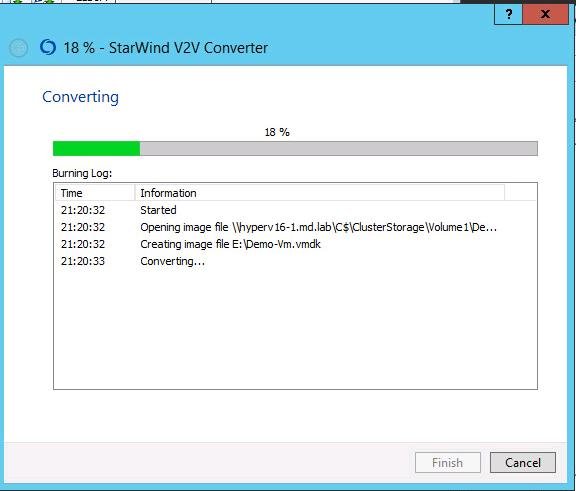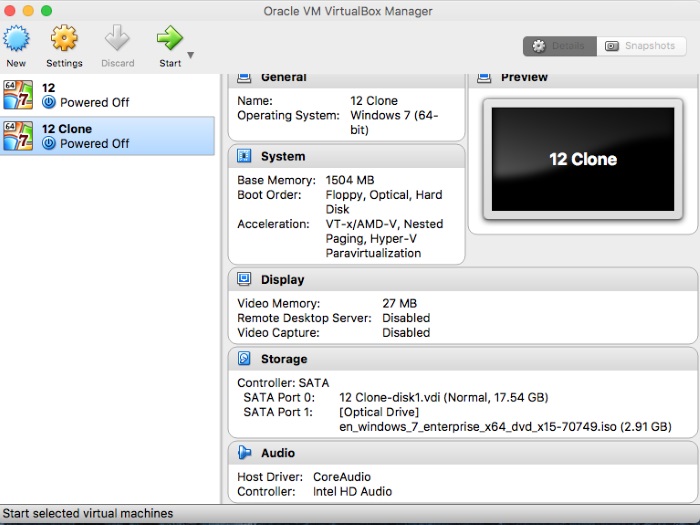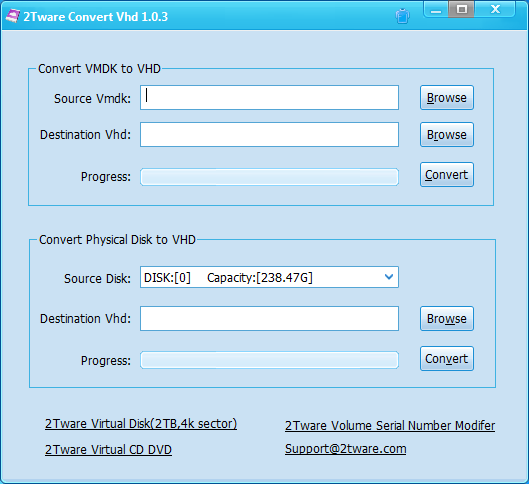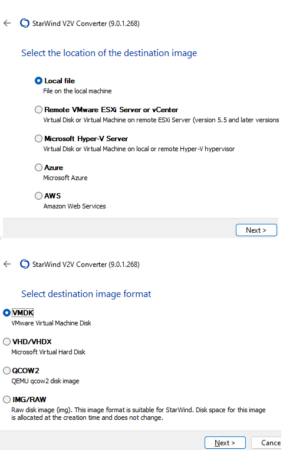
Then search for CPU which should show how many virtual cpus were assigned. Since this information is usually given inside the OVFOVA virtual appliance, you can see what the vendor recommends by opening the OVF file (that was extracted along with the vmdk) with a text editor.

Note youll need to exit the Image Configuration screen and get back into it to see the refreshed state.Ĭreate a new Virtual Machine and use the image from the Image Service as a disk.Įnter the options into each field as follows: Name (1) Enter the name of the Virtual Machine Description (2) Optional, enter a description to identify the Virtual Machine vCPU(s) (3) Enter the number of vCPUs that youd like for the Virtual Machine. Once its done converting the image, it will show the state as ACTIVE.

Once finished, click on the Save button which will upload the image to the Image Service and then activate the disk.Īfter uploading the disk image, if the state of the image shows INACTIVE, just give it a minute. Here well upload the vmdk from the OVFOVA that you extracted, which will make it available as a template or image that you can clone into Virtual Machines.įor more information about the Image Service, check out::wcimageconfigureacropoliswct.html Note: The image service supports raw, vhd, vmdk, vdi, iso, and qcow2 disk formats- so you can put just about anything in there.Ĭlick on Choose File and browse to your vmdk file that you extracted (4).


Image Configuration in Prism Once you have the OVFOVA extracted, go into Prism and choose Image Configuration, under the Gear icon (settings). Image (3) Choose the virtual appliance disk that you created earlier.Įxtract the OVF OVA Once you have an OVFOVA that you would like to use, extract it to display the vmdk file.įor Windows, you can use WinRAR, or some other program like it that supports extracting a tar file, since thats the format for OVFOVA files. Convert Ova File To Iso By kingsyndoores1979 Follow | Public


 0 kommentar(er)
0 kommentar(er)
